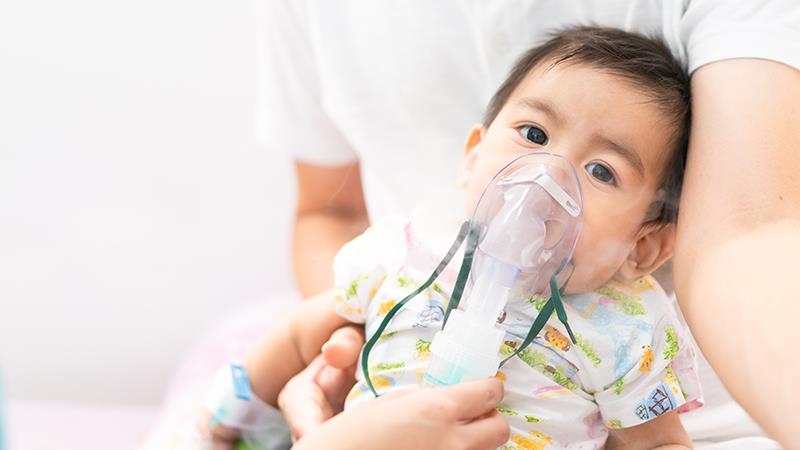Nirsevimab efficacy against RSV-LRTI hospitalization sustained at 6 months





Updated results from the phase IIIB HARMONIE trial demonstrate sustained efficacy of the long-acting monoclonal antibody nirsevimab against respiratory syncytial virus-associated lower respiratory tract infection (RSV-LRTI) hospitalization through day 181 post-dose.
The incidences of RSV-LRTI and very severe RSV-LRTI hospitalizations through day 181 were 82.7 percent and 75.3 percent, respectively. In the primary analysis evaluating its efficacy through the RSV season, the corresponding rates were no different (83.2 percent and 75.7 percent).
Very severe hospitalization was defined as having an oxygen saturation of <90 percent or needing oxygen while in the hospital, explained Dr Simon Drysdale from the University of Oxford, UK, during his presentation at ESPID 2025.
“It is pleasing to see that what we found in this phase III study replicates what has been shown in the real-world setting,” said Drysdale.
For all-cause LRTI hospitalizations, the rate was lower through 180 days compared with that observed during the RSV season (41.9 percent vs 58 percent). According to Drysdale, the difference reflects the indirect effect of reduced RSV, which is more pronounced during the season compared with the follow-up period outside the RSV season.
A similar pattern was observed when looking at country-specific efficacy against RSV-LRTI (86.1, 85.9, and 74.4 percent for France, the UK, and Germany, respectively) and all-cause LRTI hospitalizations (32.2, 39.8, and 64.1 percent, respectively). [ESPID 2025, abstract OP069]
Over a third of participants experienced grade 2 medically-attended events through 365 days post-dosing/randomization, while the remainder had grade 1 events.
A strong ally in the fight against RSV
Study participants were 8,058 healthy infants born ≥29 weeks gestational age (GA) about to enter their first RSV season who were ineligible for palivizumab (born either in-season or out-of-season). They were randomized 1:1 to receive a single intramuscular dose of nirsevimab (50 mg if <5 kg; 100 mg if ≥5 kg; n=4,038) or standard care or no intervention (n=4,019).
Nearly half of the participants were ≤3 years of age, half were boys, and 62 percent were ≥5 kg. Eighty-five percent were ≥37 weeks GA. Fifty-one percent of the participants were recruited in the UK, while the rest were fairly evenly distributed between France and Germany (27 percent and 22 percent, respectively).
“Taken together, nirsevimab exhibited sustained efficacy against RSV-associated LRTI hospitalization out to 180 days post-dose, with no new safety concerns through 1 year post-dose. The duration of protection it offers is longer than that previously reported (150 days post-dose),” said Drysdale.
“[These results suggest that] nirsevimab is a strong ally to babies in the fight against RSV. These findings provide health systems with great flexibility for the timing of nirsevimab dosing, allowing consistent protection throughout the entire RSV season,” he concluded.